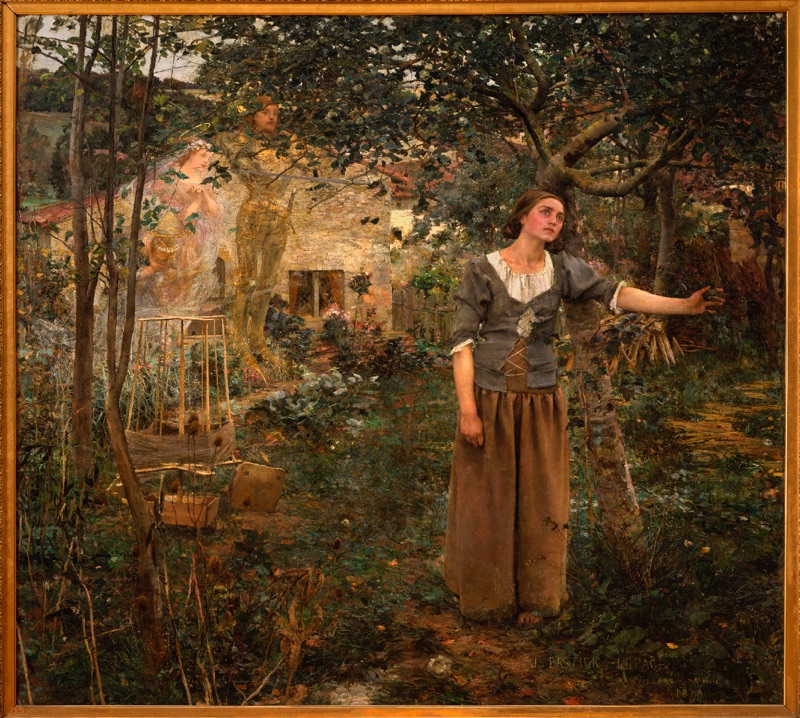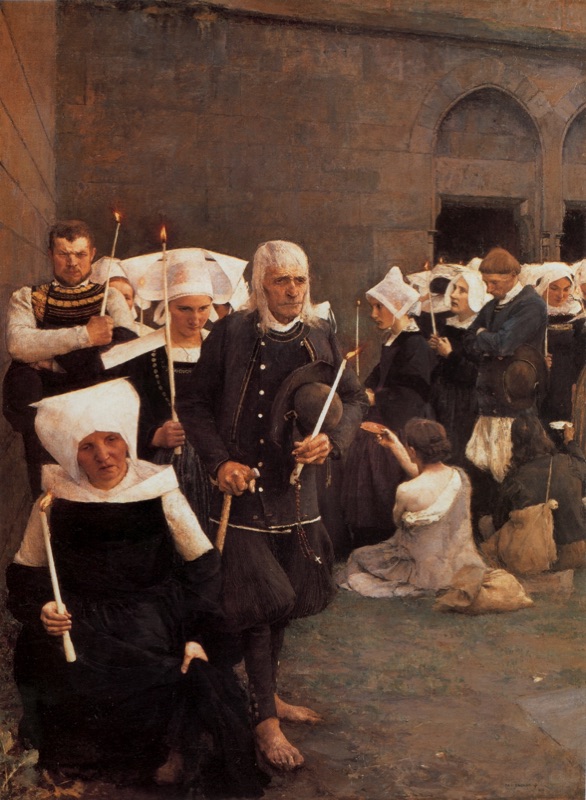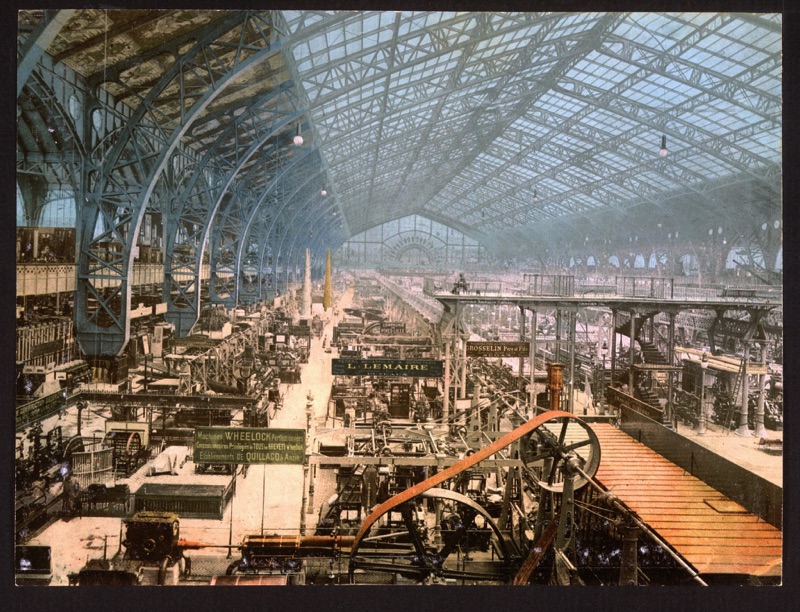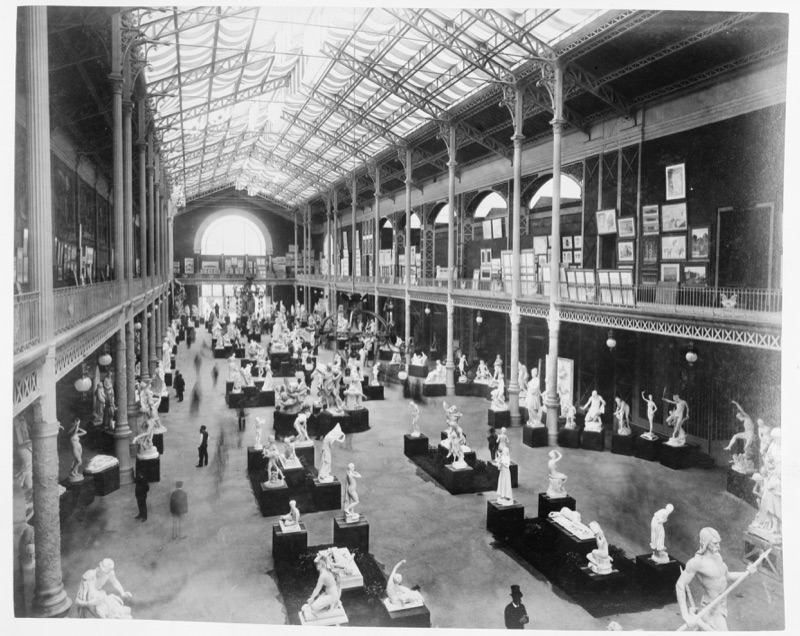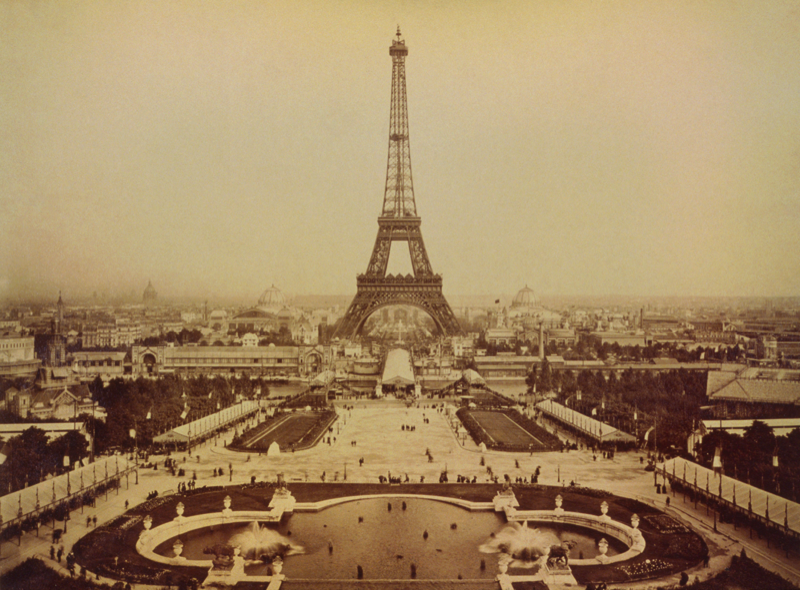Nineteenth-century exhibitions
pre-class prep: read Chu pp. 353-71, 381-86, and 441-61 (PDF)
watch YouTube video The Largest Building in the World (in 1851)
(watch through 11:17 on the innovative construction and 1851 exhibition held within)
discussion questions: Those named for the questions below should come prepared to present a short (3-5 minute) response to that question.
1. (Matt D) How were the very buildings that housed the great international expositions innovative? Describe how both the materials and the construction techniques used for the the 1851 Crystal Palace, the 1889 Gallery of Machines, and the Eiffel Tower differed from traditional materials and construction techniques, how they allowed the creation of very different interior spaces than ever before, and how they looked forward to modern skyscrapers.
2. (Sylvia L) Given that the primary emphasis of the international exhibitions was on technological progress, what is unusual about the art displayed at these international expositions? Analyze both the subject matter and the styles of Bastien-Lepage's Joan of Arc, Dagnan-Bouveret's Brittany Pardon, Wilhelm Leibl's Three Women in Church, and Ivan Kramskoy's Christ in the Wilderness as examples.
people, terms, and concepts: Salon, juried vs. non-juried exhibition, World Fair, the Great (Crystal Palace) Exhibition in London (1851), Regional Naturalism, frame construction (versus masonry wall construction), 'progress' and 'tradition'
key points:
• What were the different ways that nineteenth-century artists exhibited their works to the public so that they could build their reputation and find patrons? Be able to describe both 'official' (state-sponsored, juried exhibitions such as the Salons and World Fairs or Expos), and 'independent' exhibitions such as Courbet's Pavilion du Realism, the Salon des Refusés, and the various Impressionist exhibitions that we'll cover later.
• What were the characteristics of the art typically shown at the 'official' exhibitions? Be able to discuss the seemingly antithetical but in fact carefully paired rhetoric of 'progress' and 'tradition' that runs through the entire century, but especially the International Expositions or World Fairs that combined innovative architectural and technological displays with very conservative artistic exhibitions.
• Why were certain types of art excluded from official, juried exhibitions? Be able to discuss both stylistic and thematic reasons why artists such as the Realists and later Impressionists were rejected, and how they created new exhibiting organizations to get their work shown to the public and potential patrons.
Joseph Paxton, The Crystal Palace exterior, 1851 (London World Fair of 1851)
Bastien-Lepage, Joan of Arc, 1879 (exh. Salon of 1880 and Decennial Exhibition of 1889)
Dagnan-Bouveret, Brittany Pardon, 1886 (exh Decennial Exhibition of 1889)
The Eiffel Tower and the grounds of the Universal Expo of 1889, Paris, 1889
The Gallery of Machines at the Paris Universal Expo of 1889
The Palais des Beaux-Arts at the Paris Universal Expo of 1889
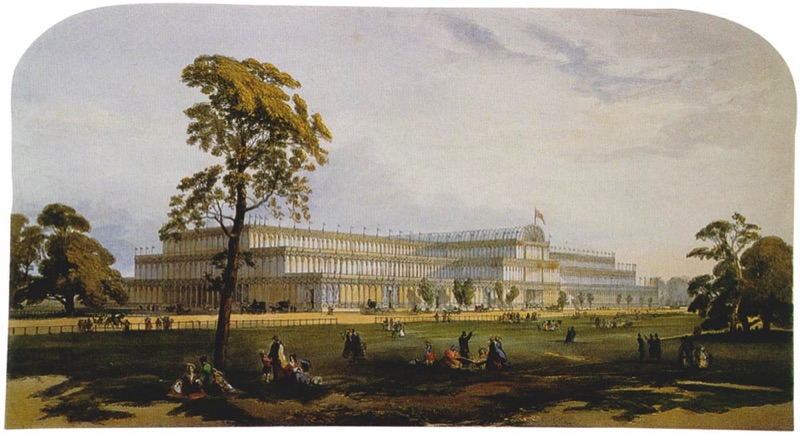
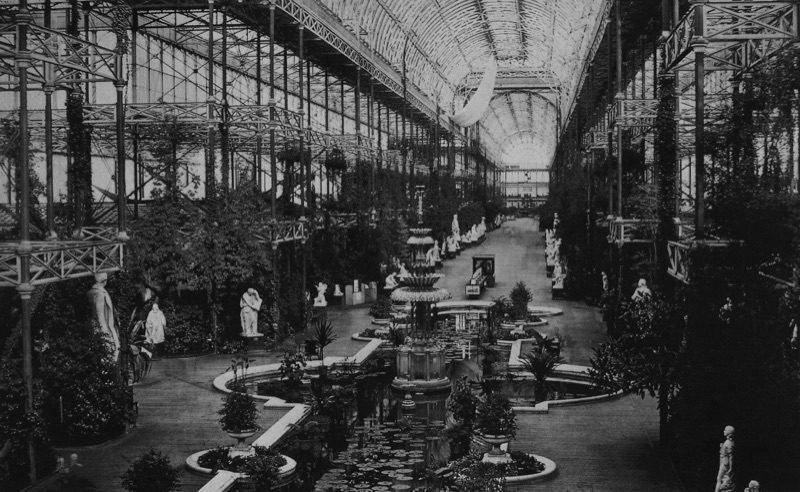
Joseph Paxton, The Crystal Palace interior, 1851 (London World Fair of 1851)
